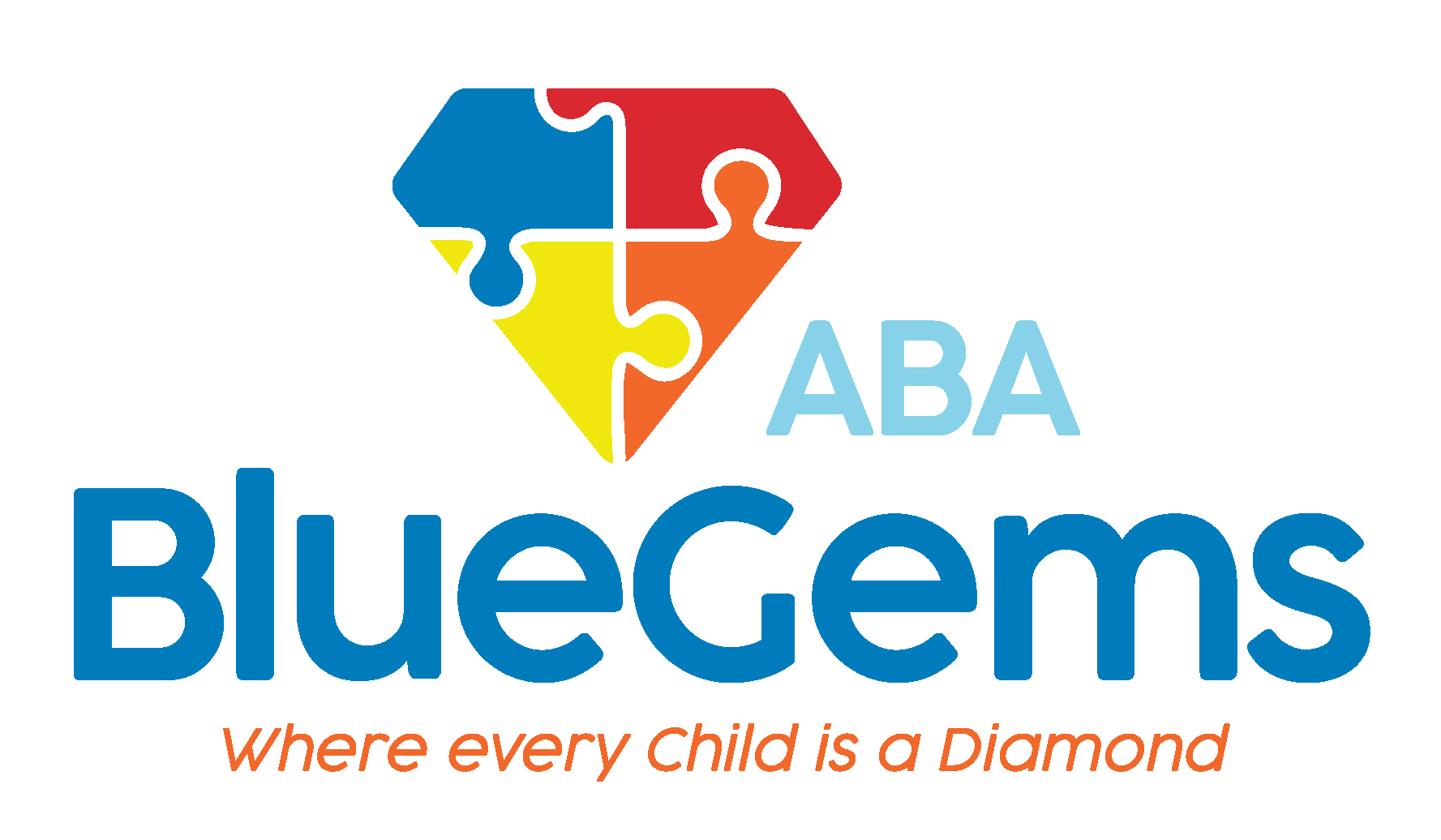Ages and Stages Questionnaire SE-2 (ASQ-SE2)
Early intervention is perhaps the most important aspect of helping to support children who face challenges with social-emotional skills. Research has undeniably shown that the earlier that behavioral concerns are identified, the higher the chance that a child will have at reaching their full potential.
This fact is a major reason why so many early screening tests have been created to identify some of the early warning signs for autism spectrum disorder (ASD) as well as some other common early childhood concerns.
One such test is known as the Ages and Stages Questionnaire SE2, or ASQ-SE2 for short. This test has been proven to be highly reliable at identifying how well young children are developing from a social-emotional aspect.
Based on the results of the test, children may be referred for further in-depth assessment and, if appropriate, ongoing monitoring or specialized intervention plans.
Let’s take a closer look at what the ASQ-SE2 is all about below.
Table Of Contents
What Does the ASQ-SE2 Look to Identify?
The ASQ-SE2 is solely focused on identifying potential areas of concern in regard to a child’s social-emotional development. The goal is to identify some of the potential things that children are suffering from, and address the root causes of them as much as possible.
According to the creators of the screening tool, children have become exposed to an increasing number of risk factors for anti-social behavior, anxiety and depression in recent years. This includes toxic stress, poverty and other challenges.
By identifying some potential concerns related to social-emotional behavior at a young age, it’s possible to address the concerns with more success.
Through the test, professionals are able to quickly recognize and identify whether a child is at risk for developing emotional or social difficulties, whether there are any behaviors present that would be cause for concern, and whether any further assessments are needed.
Does the ASQ-SE2 Screen for Autism and Other Disorders?
The short answer is that, no, the ASQ-SE2 is not a developmental screening tool.
It doesn’t analyze a child’s overall functioning in the areas of cognition, motor skills and communication, for example. Instead, it’s only focused on the behavior and social-emotional skills that a child exhibits.
That being said, the ASQ-SE2 is still a very valuable tool that can be used in conjunction with other early tools that do specifically screen for things such as ASD.
What Does the ASQ-SE2 Entail?
The ASQ-SE2 relies solely on parental and/or caregiver responses. It only takes about 10 or 15 minutes to complete.
The test has multiple versions that are used for children at different ages. There are different questions for children based on their age — at 2 months, 6 months, 12 months, 18 months, 24 months, 30 months, 36 months, 48 months and 60 months.
Possible answers to each question include “often or always,” “sometimes” or “rarely or never.” Some of the questions are exactly the same for each age group, while some are unique to certain age groups.
Some example questions include …
- When upset, can your baby calm down within a half hour? (2 months)
- Does your baby stiffen and arch her back when picked up? (6 months)
- Does your baby try to hurt other children, adults or animals (for example by kicking or biting)? (12 months)
- Does your child have trouble falling asleep at naptime or at night? (18 months)
- Is your child interested in things around her, such as people, toys and foods? (24 months)
- Does your child cry, scream or have tantrums for long periods of time? (30 months)
What Happens Once the ASQ-SE2 is Completed?
Once the questionnaire is completed, it will be scored. Your child’s pediatrician will then have a conversation with you about the results.
It’s possible that they may refer your child to another specialist for further evaluation based on the responses to the ASQ-SE2. Depending on what concerns arise, that specialist could be a developmental pediatrician, a clinical psychologist or another early interventionist.
If there is a concern about possible autism, you will likely be referred to an experienced professional who will administer further tests such as the M-CHAT as part of an in-depth evaluation for ASD. If such a diagnosis is appropriate, your child may be referred to applied behavioral analysis treatment.
ABA therapy, as it’s also called, is a science- and evidence-based approach to learning and behavior that helps children build the social, communication and daily life skills with which they commonly struggle.
For this reason, and many more, it’s considered the gold standard of treatment options for children on the autism spectrum.
Blue Gems ABA Creates Personalized ABA Therapy Plans
The ASQ-SE2 is an early screening tool that helps parents, caregivers and primary care providers determine if there are any social-emotional challenges a child may face. It is just one of many early screening tools that are used to identify challenges from a young age.
If there are concerns about whether your child might have autism, the clinical psychologists at Blue Gems ABA can perform in-depth evaluations. If an ASD diagnosis is appropriate, we will then refer you for ABA therapy.
Our team of experienced BCBAs administer this therapy on a one-to-one basis, crafting personalized treatment plans that are catered specifically to each child’s unique strengths and challenges.
To learn more, please contact us today.




